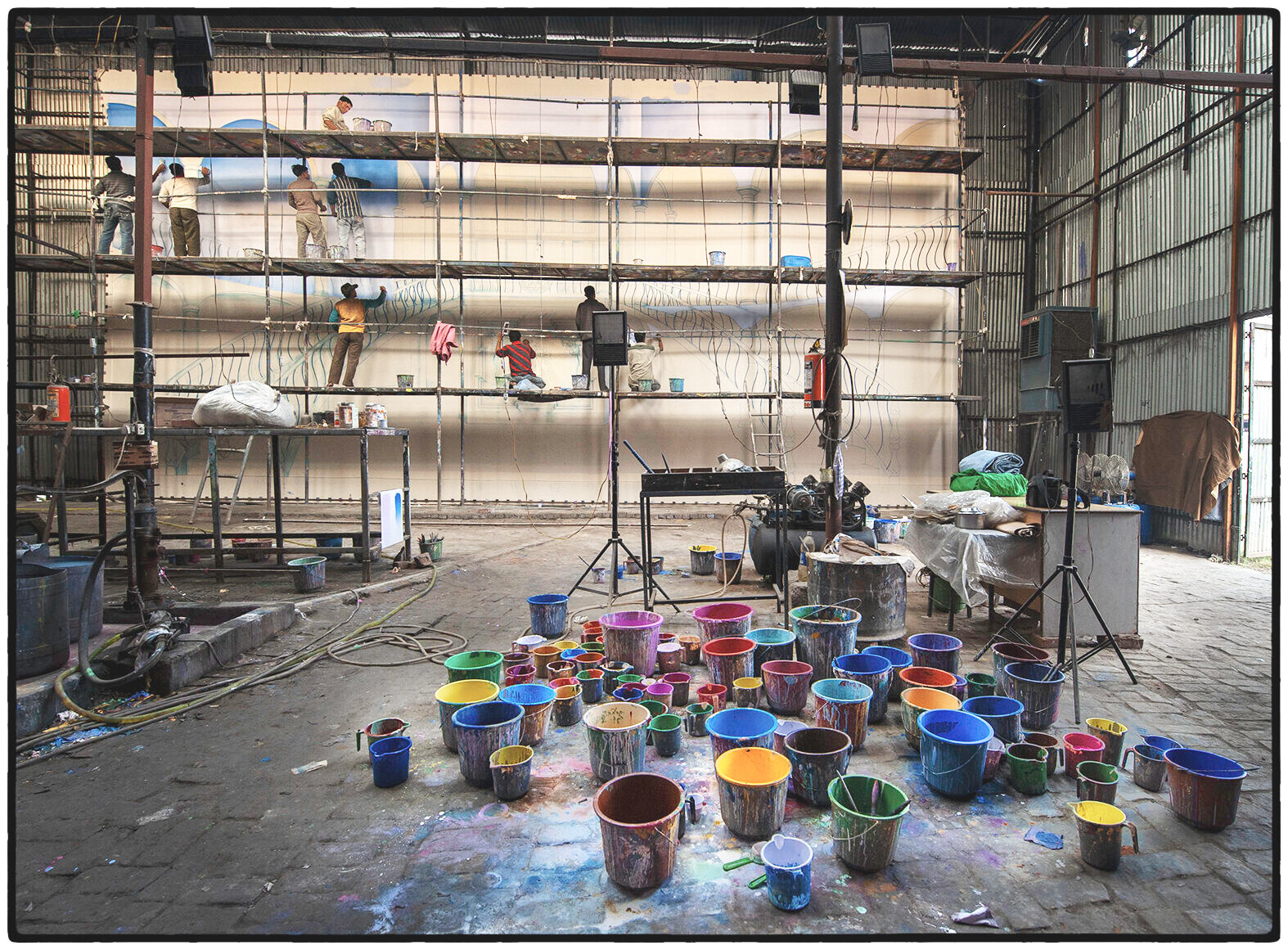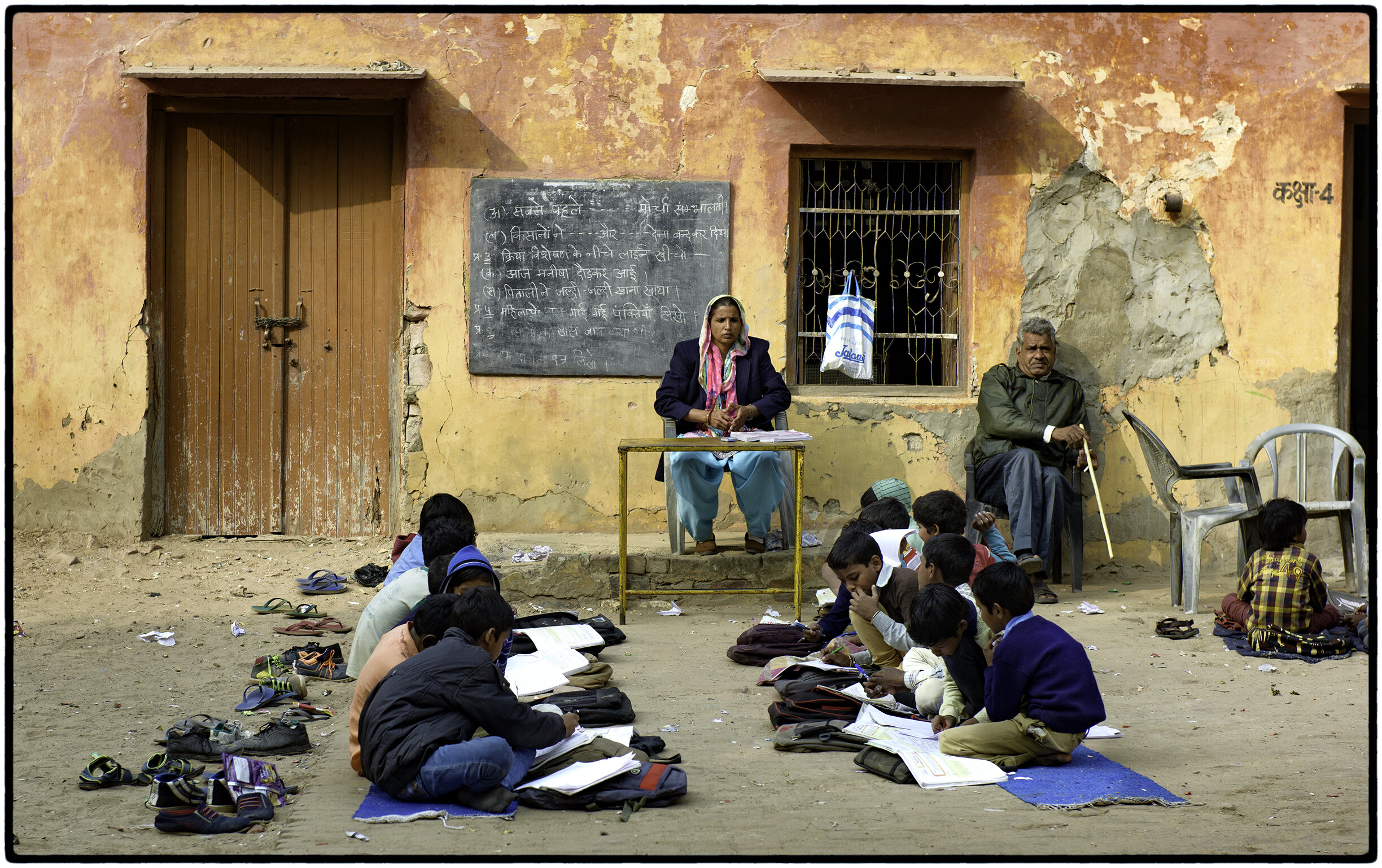Dot took a can of Campbell’s Tomato Soup, added a little whole milk, then followed it with Velveeta “cheese”, put it on low heat, and created a sludge similar to that of 10-30 motor oil that should have been changed five years earlier. This exquisite culinary concoction was mostly a dappled pale red, with streaks of coagulated melted orange and yellow running through it. It can’t be poured. It had to be ladled. We toasted three or four pieces of white bread, margarined them before cutting them into little squares, then placed them in a plate with raised sidewalls so the sludge wouldn’t escape. We called it, “Tomato and Cheese on Toast”, though the toast was the only ingredient in the name that arrived as promised. For short, we used the first letters—T.A.C.O.T., and I haven’t been feted with it in dozens of years, but when someone asks me about “comfort food,” it’s the only thing that comes to mind.
Jadyne’s comfort food reflects her background. She’ll take leftover white rice, fry an egg, then add it to the rice, occasionally adding a little soy or oyster sauce to the mix, her comfort food. She has it as often as once a week. We always have rice. We always have eggs.
“Comfort food” inevitably conjures up the past and reawakens it in our current imaginations. We were warm. We were happy. We were full. We were loved. We were with others who were eating the same thing and loving it, too. We remember what we ate, and in the remembering we found comfort and companionship. We seek that comfort today in the foods that we remember loving from our childhood. But the past didn’t really happen as we remember it. The memory is a clever salesman. Tomato and cheese on toast wasn’t any tastier then than it sounds as I describe it today; and a fried egg over rice is, well, a fried egg over rice. But for many of us of a certain age, the past is a magical amusement park, and our memories are the vehicles we ride to journey there.
Old folks like me reminisce about ordering a Big Boy, fries, a coke, and paying for it all with a dollar, leaving a dime for the waitress at the counter. These times were real, but in remembering them today the danger is that we find ourselves swimming in sludge, thinking that those foods, those memories, brought us as much pleasure then as we they do now. They didn’t. They’re not even an E ticket ride.
Trump’s appeal to voters is tied to memories of the past. “Make America Great Again” resonates with those who never accepted a black man as President, whose racial prejudices can now be flaunted, who find comfort and solace in the call of the right, “Jews will not replace us!” and support from a President who said, “There are fine people on both sides!” The ideological support of Trump’s most fervent followers is rooted in the memory of a made-up world, one populated with Aunt Jemimas, Ozzies and Harriets, and Fathers Know Best. That world provides his base with all the comfort and support that for their hate-based behavior, the belief that this fictional world was real, and in the remembering it wasn’t the world of Birmingham bombers, lunch counter sit-ins, just happy white families having dinner together, calling on their black maids to bring in dessert. And of course, it wasn’t real. Except for them.
It is in the cultivating of such memories, however misplaced, that brings comfort to those who choose to deny the flaws and inaccuracies. In Doris Goodwin’s “No Ordinary Time,” she recounts a time when Eleanor Roosevelt visited the South. “Anyone who hears Delta Negroes singing at their work,” a cotton trade journal in Tennessee intoned, “Who sees them dancing in the streets, who listens to their rich laughter, knows that the Southern Negro is not mistreated. He has a carefree childlike mentality and looks to the white man to solve his problems and take care of him.” FDR received this letter, “So see Mr. President if you can’t put a stop to Mrs. Roosevelt stirring up trouble down here telling these people they are as good as white people.”
This was a time when America was great? Really?
Every December (and even in late summer) merchants put a call in to our memories, too. Christmas brings about feelings of nostalgia—the traditions, memories, music and more. A lot of this has to do with the very human need to belong. Traditions connect us with our childhood, and when we become parents we want to pass that feeling on to our children, giving them a “future nostalgia” while at the same time reliving our own nostalgia,” according to Cathy Cassata, a contributor to Healthline. She adds, “Emotionality has to do with how intensely a person feels an emotion. Nostalgic people have a great capacity for emotions. When they’re sad they feel quite sad and when they’re happy, they are quite happy.” (No doubt she was thinking of me when she wrote that). It’s why we never tire of Christmas. We’re reliving happy moments in our lives brought back by our memories.
“When you’re nostalgic it can help combat that loneliness and reinstate your sense of connectedness to people you miss. So through memories you can relive a lot of the sense of being connected to them.” Other research suggests that nostalgia is “far from being a feeble escape from the present, but rather a source of strength, enabling the individual to face the future.”
A sixty year old friend reminded me that I often refer to the past in my correspondence with her. I fell in love with her fifty-two years ago when I was a twenty-one year old college student, and this sixty year old matron was eight. My girlfriend at the time was perhaps the most sought-after female in the entire University, Marianne Mesloh, the Homecoming Queen, a model for Procter and Gamble, a girl who loved me and was looking forward to finishing school then marrying me. But fifty years later my memories aren’t of the Homecoming Queen; they’re of the eight-year old girl. I never wrote a poem to the Homecoming Queen. I wrote one to the little girl. I clearly remember thinking then how peculiar this relationship was, and yet never once did I harbor a lascivious thought. I thought of her in the same way that I thought of tomato and cheese on toast, a person, not a food, whose memory then and now keeps me warm, happy, full, and most important, loved.
My memory of Jadyne turns back to one night in early 1970. That I spent the night with Jadyne before my flight left Molokai is a well-known story. When I remember that night my memory fogs. Where did we go? What did we say to each other? The details are lost. I learned everything I needed to know about my life’s companion for the last fifty years, only I didn’t know I knew it then. And when memory serves up that one night it doesn’t focus on the facts, only the intuitive part that clarified who she was and what she meant to me and what she means to me. I’ve often said about my photography business that “had I known how little I knew I wouldn’t have even tried.” I succeeded despite my lack of knowledge; I asked Jadyne to marry me despite my lack of knowledge. How we know things sometimes takes a circuitous route, often bypassing the brain altogether. And maybe the brain never knows and doesn’t need to know. And what is the role of memory in this? When I think back to that one night on Molokai, despite my utter depression of having been expunged from the Peace Corps, the knowledge that the Vietnam war was in full swing, that I would be reclassified 1-A, that my immediate future looked bleak, I think back to that night the way I look at tomato and cheese on toast with a feeling that ignores the sludge, the white bread toast with margarine, all the obvious yucky parts, and focus on what kept me warm, happy, full, and most important, loved.



















































































































